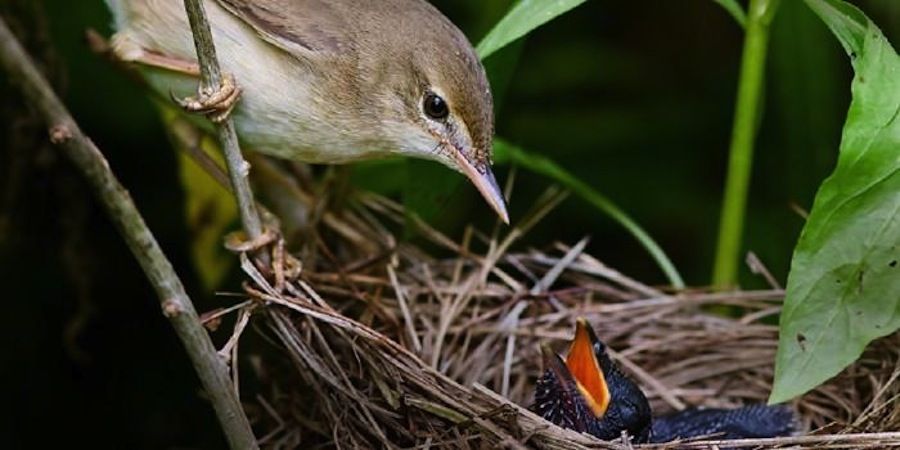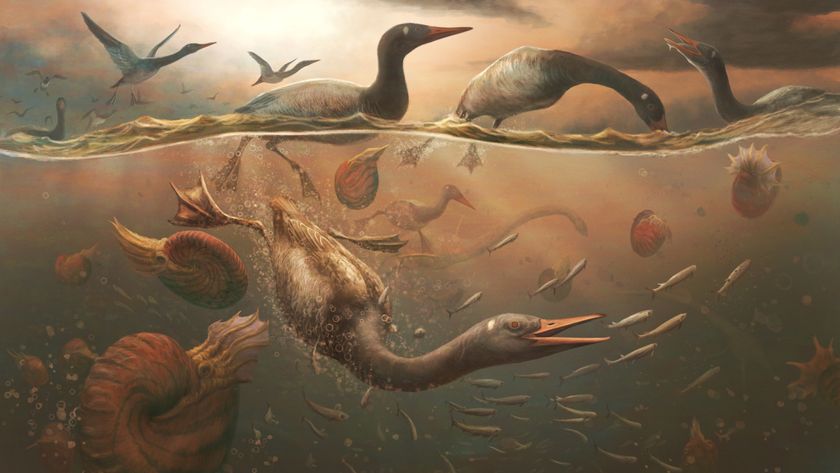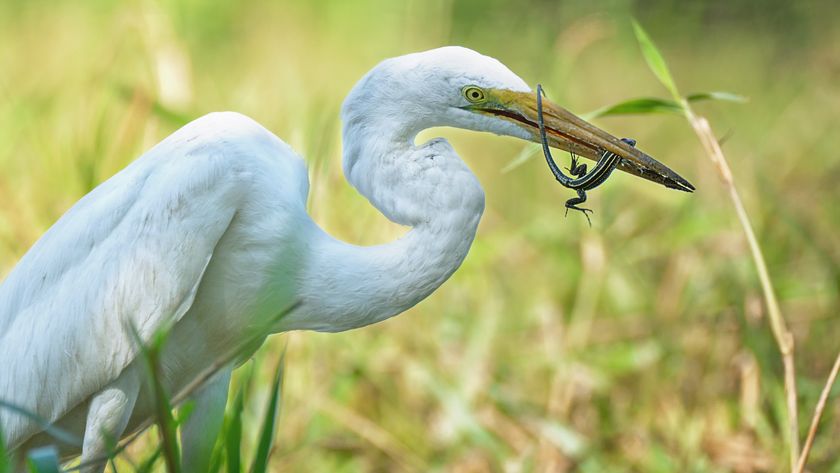How Cuckoos Lay Deceptive Blue Eggs: It's in Their Genes

Female cuckoos are brilliant masters of disguise — at least when it comes to laying their eggs. A new study finds that mothers invade other species' nests and lay eggs that look remarkably similar to those that actually belong there, in an effort to hide the foreign eggs in plain sight.
For about a century, researchers have been investigating how different female cuckoos manage to lay eggs in such a wide variety of colors and patterns so that unsuspecting birds can't tell the difference between their own eggs and imposters.
Now, scientists at the Norwegian University of Science and Technology (NTNU) have solved one piece of the egg puzzle: The gene that causes cuckoos to lay blue eggs is determined by the mother alone. [The 7 Weirdest Moms in the Animal Kingdom]
"The enigma for scientists is the distinct colors and patterns of eggs mimicking different host species," said lead study author Frode Fossøy, a research scientist in the Department of Biology at NTNU. "We do know that males and females from different host races mate with each other. If not, each host race would quickly become a separate species."
If the genes that affect egg color were carried by both males and females, any mating could result in eggs that are a mixture of the two colors and patterns, which would thus not mimic the host bird's eggs at all. In other words, the male cuckoo's genes could mess up the disguise.
Birds have Z and W chromosomes, which work similarly to X and Y chromosomes in mammals. Male birds have ZZ and females have ZW, and so the gene for blue eggs could be carried on the Z chromosome, the researchers said. Another explanation could be that it is passed on in mitochondrial DNA, which scientists think is only passed on by mothers, they added.

The researchers homed in only on the genes for blue eggs, not any other colors, but they studied a wide variety of samples, including some eggs that are more than 100 years old.
Sign up for the Live Science daily newsletter now
Get the world’s most fascinating discoveries delivered straight to your inbox.
Blue eggs are thought to have originated from Asia, around 2.6 million years ago. In Europe, blue eggs are most commonly found in common redstart nests, but have also been found in pied flycatcher, winchat and wheatear nests, the researchers said. These are the species that cuckoos are likely to try to dupe by depositing their blue eggs in the other birds' nests.
However, the cuckoo's plan isn't foolproof, and sometimes the wily birds are found out and their eggs are kicked out and destroyed by suspecting host birds.
"There is a continuously ongoing arms race between cuckoos and their hosts," Fossøy told Live Science. "As cuckoo eggs evolve to be more like the hosts' eggs, the hosts themselves become better and better at recognizing and ejecting cuckoo eggs from their nests."
It is not known whether the cuckoos or the host birds are winning the arms race, but Fossøy said many host species are declining in population throughout Europe, and cuckoos are also declining as a result.
Fossøy said he and his colleagues are interested in studying other egg colors in addition to blue ones. The blue eggs had a long documented history that made them ideal for this research, but more genetic data is needed to ask the same questions of other colored eggs, the researchers said.
"We have recently sequenced the complete genomes of several cuckoos and this will be the focus of our work for the next couple of years," Fossøy said. "Hopefully, we will be able to say something about the other egg colors during this work."
The new study was published in the journal Nature Communications.
Follow Live Science @livescience, Facebook & Google+. Original article on Live Science.



